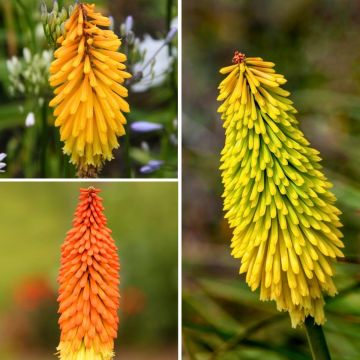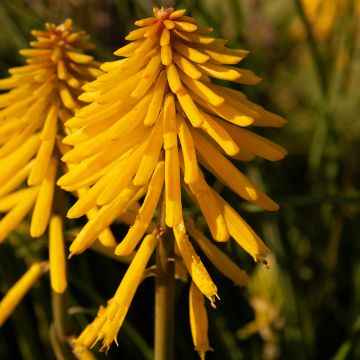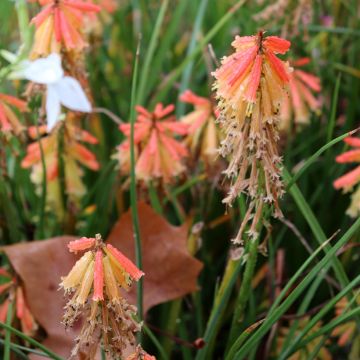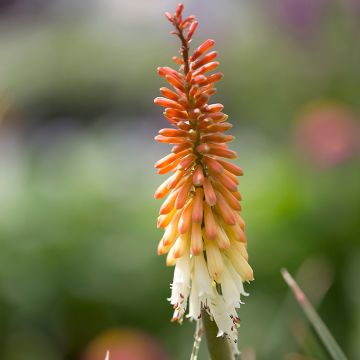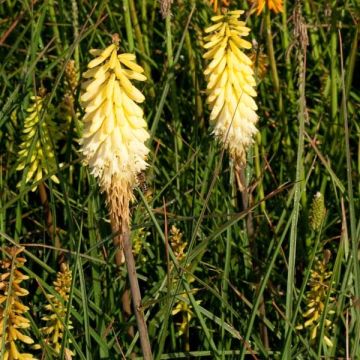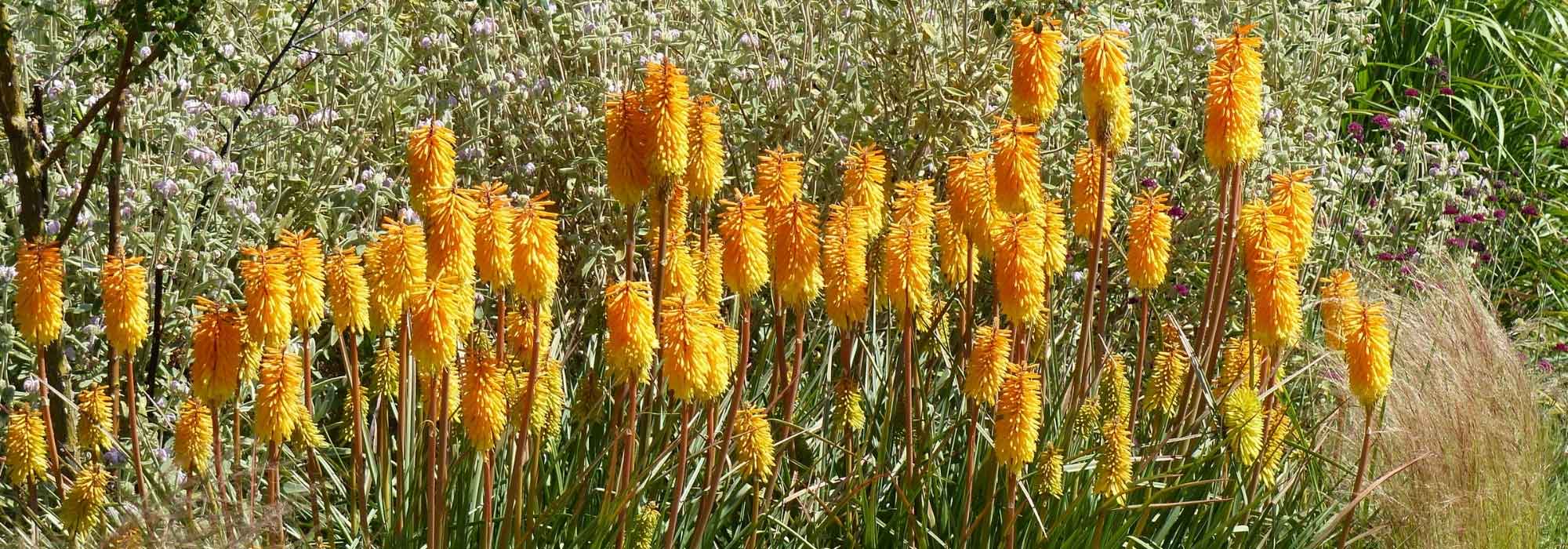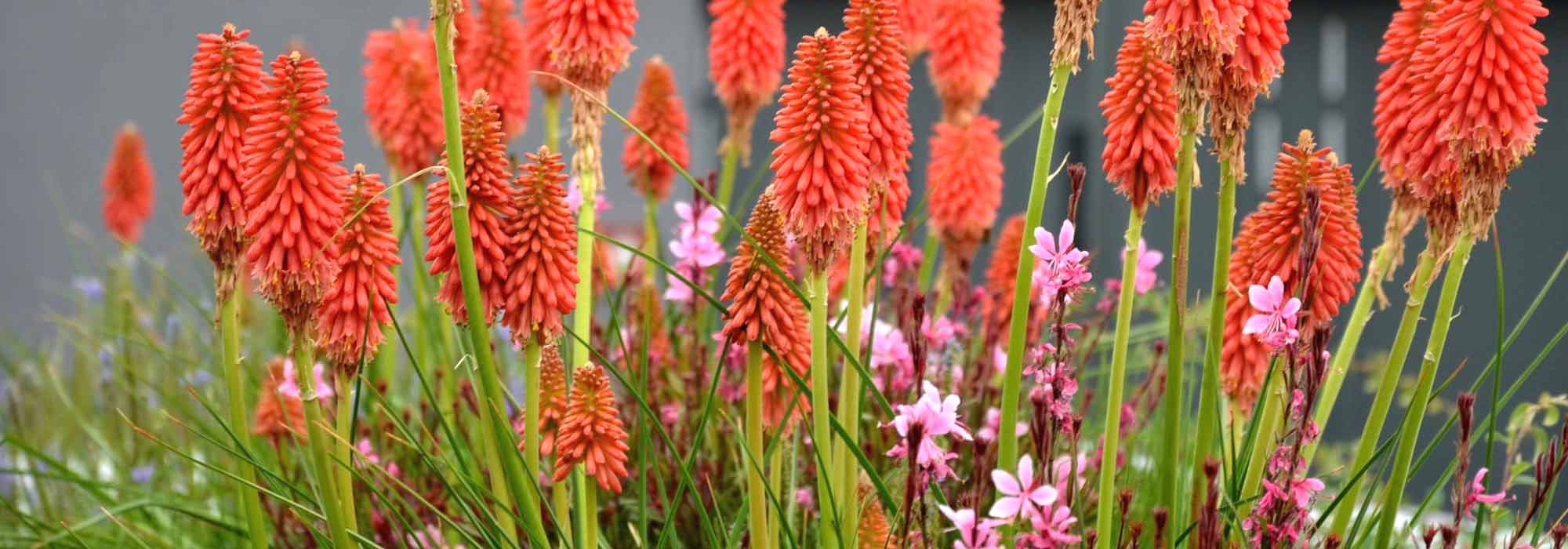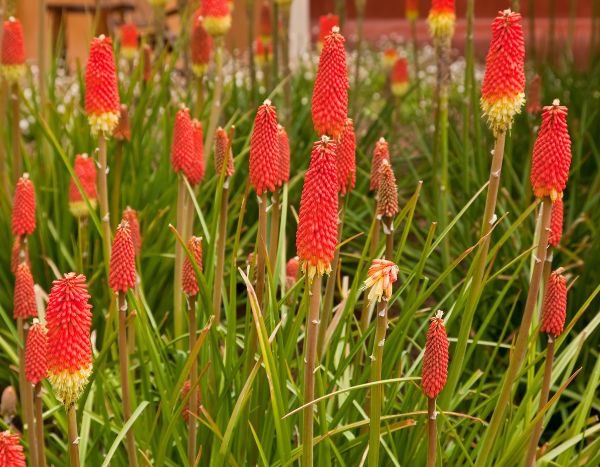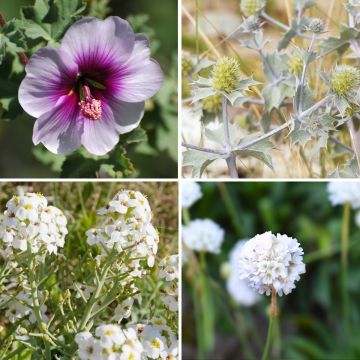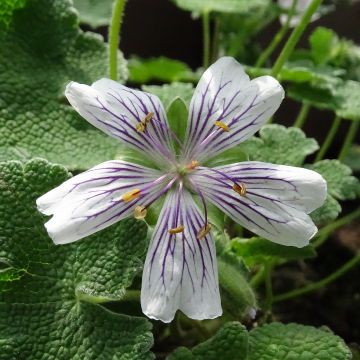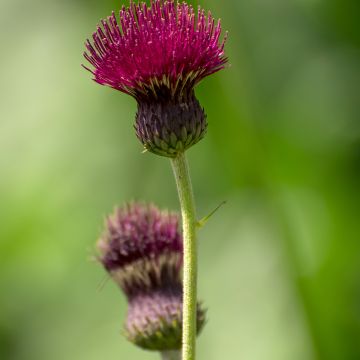

Kniphofia citrina - Red Hot Poker
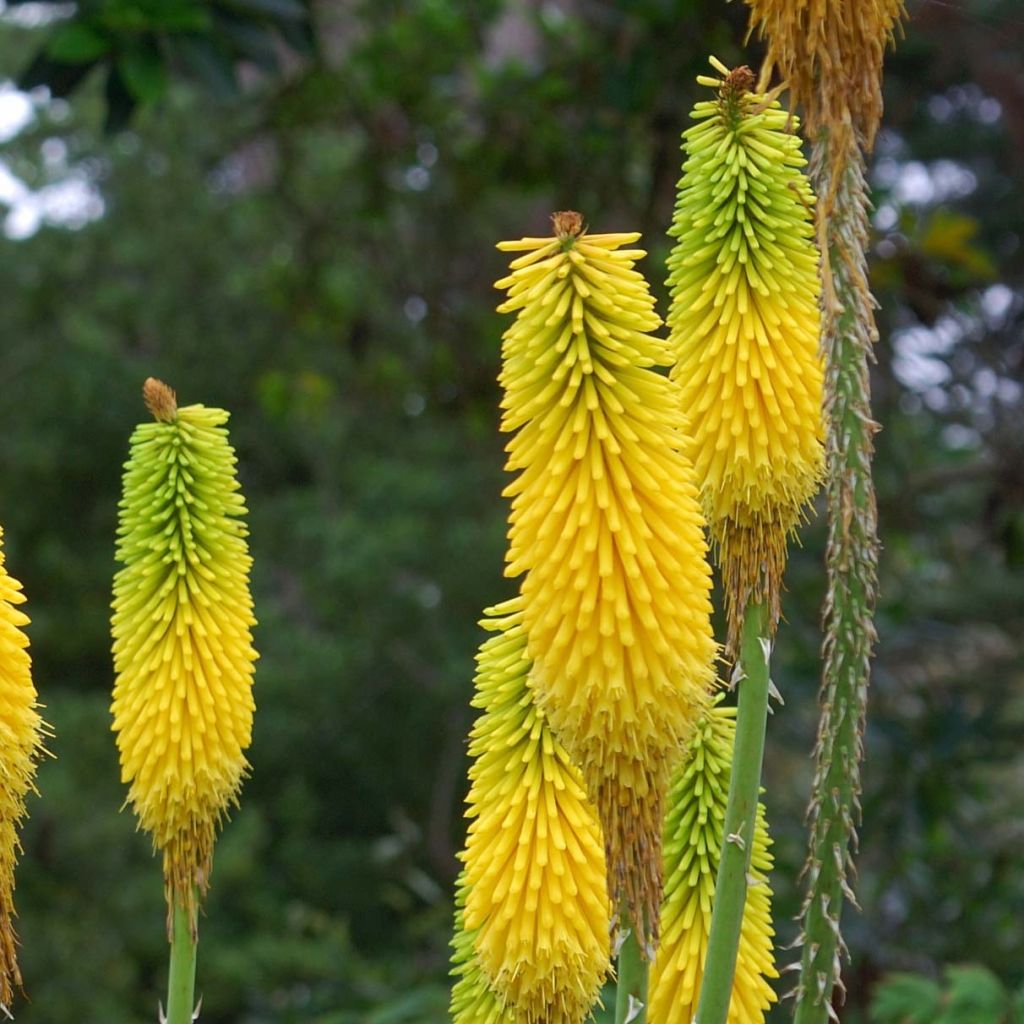

Kniphofia citrina - Red Hot Poker
Kniphofia citrina - Red Hot Poker
Kniphofia citrina
Red Hot Poker, Tritoma, Torch Lily, Poker Plant
Difficile de donner un avis à la livraison car le cil est vraiment très petit.
MARYSE, 31/03/2022
Special offer!
Receive a €20 voucher for any order over €90 (excluding delivery costs, credit notes, and plastic-free options)!
1- Add your favorite plants to your cart.
2- Once you have reached €90, confirm your order (you can even choose the delivery date!).
3- As soon as your order is shipped, you will receive an email containing your voucher code, valid for 3 months (90 days).
Your voucher is unique and can only be used once, for any order with a minimum value of €20, excluding delivery costs.
Can be combined with other current offers, non-divisible and non-refundable.
Home or relay delivery (depending on size and destination)
Schedule delivery date,
and select date in basket
This plant carries a 12 months recovery warranty
More information
We guarantee the quality of our plants for a full growing cycle, and will replace at our expense any plant that fails to recover under normal climatic and planting conditions.
Would this plant suit my garden?
Set up your Plantfit profile →
Description
Kniphofia citrina is a botanical species of red-hot poker which is particularly resistant. It is easy to grow in the sun in any well-drained but non-calcareous soil. It offers a long and abundant spring to summer flowering in shades of yellow with a touch of green and a hint of mandarin. Its dense spike inflorescences are both bright and easy to combine in the garden. Carried by sturdy stems, they dominate and animate a beautiful clump of gracefully arching leaves. The vivid green leaves remain attractive all year round. Hardy down to -12°C (10.4°F), water-efficient, heat resistant, and low maintenance, this yellow tritoma works wonders in borders, rockeries, or large borders.
Kniphofia citrina belongs to the Asphodelaceae family. This perennial plant with fleshy rhizomes is native to South Africa. It has a fairly compact habit and flowers with an unusual colour, in shades of green and yellow with a touch of orange at the top of the spike. This plant forms a spreading, fountain-like clump, made up of tough, gutter-shaped, pointed leaves. When in bloom, it reaches about 70cm (28in) in height, with the clump spreading over time to a minimum width of 60cm (24in). The flowering is generous and long, taking place from June to August, at the tips of stout, solid, leafless cylindrical stems. The honey-bearing and nectar-rich inflorescence is a dense terminal cluster of tubular and pendulous flowers, with colours ranging from lime-green to lemon-yellow, ending in cream. The flowers at the top of the spike often turn orange. The foliage of this variety is evergreen, decorative, and composed of leaves gathered in a large spreading bunch.
Their exotic appearance already charmed our grandmothers. Tritomas are surprising plants, yet very sturdy. They light up any garden with their colourful torches. Pair Kniphofia citrina with all the flowers in the garden. Just like lady's mantles and some euphorbias, its fresh tones enhance all other shades. Blue being complementary to yellow, you can pair this tritoma with baptisias, for example. It goes particularly well with chocolate, caramel, orange, or red tones. For example, plant it with colourful heucheras, magenta red mallow, or purple grasses such as Panicum 'Sangria' for a wonderful colour contrast. Tritomas go well with lightly flowering perennials and structure borders, just like grasses.
Kniphofia citrina - Red Hot Poker in pictures
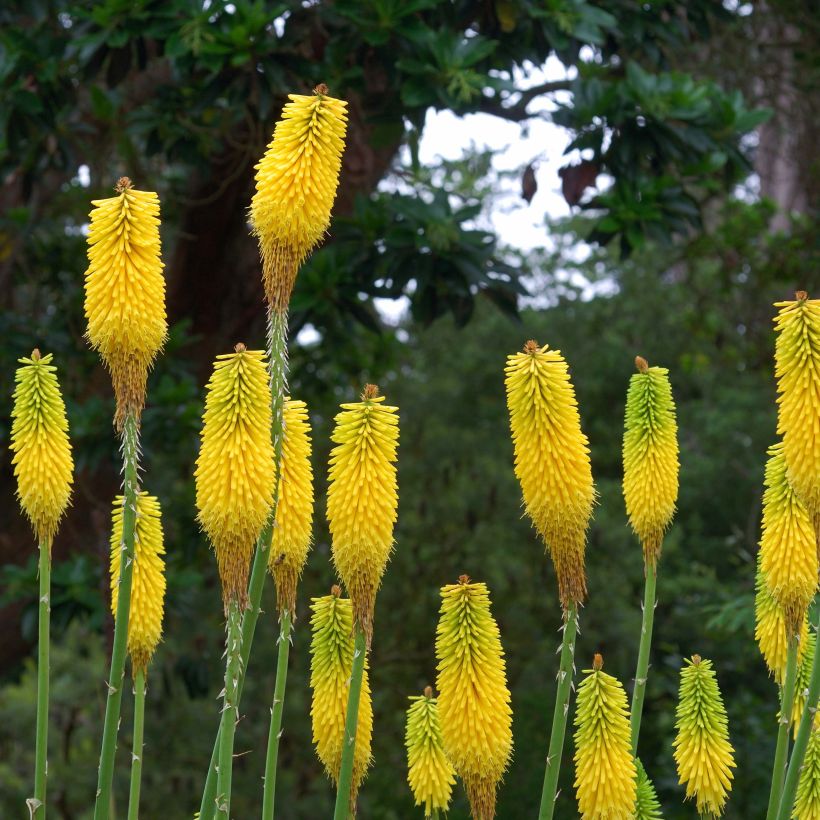

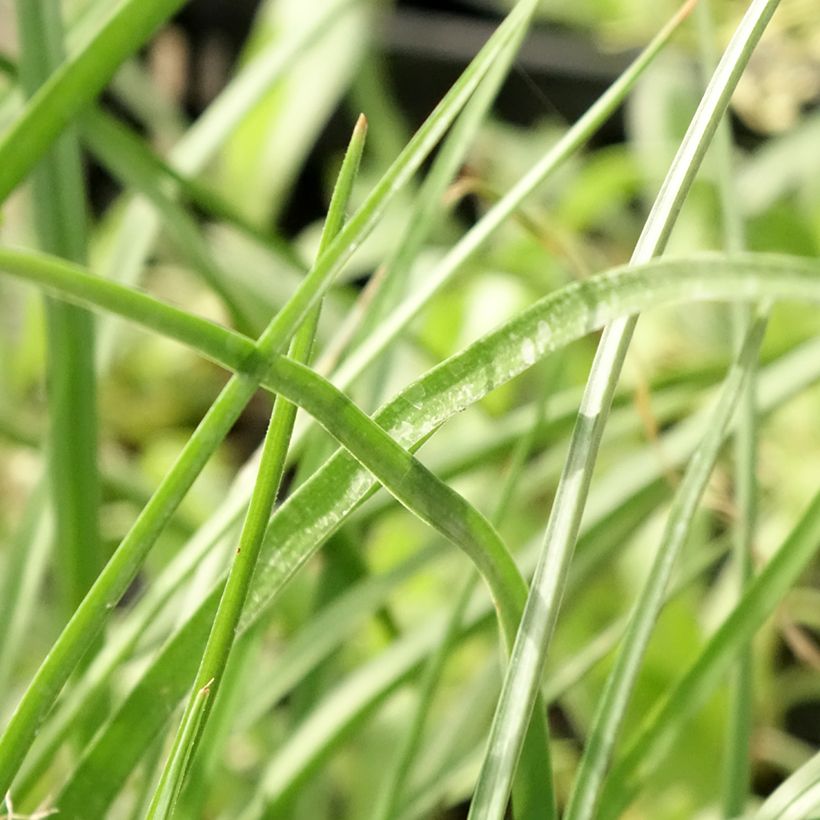

Flowering
Foliage
Plant habit
Botanical data
Kniphofia
citrina
Asphodelaceae
Red Hot Poker, Tritoma, Torch Lily, Poker Plant
South Africa
Other Kniphofia - Red-Hot Pokers
View all →Planting and care
Plant Kniphofia citrina in well-drained soil, in full sun. It appreciates soil rich in humus and sand, or loamy soil. This species dreads limestone soil. Although it is drought-resistant, make sure the plant does not lack too much water at the end of spring, as this is when it needs it the most to flower abundantly. This variety is hardy to -12°C (10.4°F). A thick mulch can be applied around the stump to protect it during particularly cold winters. This plant tolerates wind and the specific conditions of the seaside. Apply organic fertiliser at the start of the growing season. Remove wilted stems and flowers in late autumn or at the beginning of winter. This plant requires no further care.
Planting period
Intended location
Care
Planting & care advice
-
, onOrder confirmed
Reply from on Promesse de fleurs
Similar products
Haven't found what you were looking for?
Hardiness is the lowest winter temperature a plant can endure without suffering serious damage or even dying. However, hardiness is affected by location (a sheltered area, such as a patio), protection (winter cover) and soil type (hardiness is improved by well-drained soil).

Photo Sharing Terms & Conditions
In order to encourage gardeners to interact and share their experiences, Promesse de fleurs offers various media enabling content to be uploaded onto its Site - in particular via the ‘Photo sharing’ module.
The User agrees to refrain from:
- Posting any content that is illegal, prejudicial, insulting, racist, inciteful to hatred, revisionist, contrary to public decency, that infringes on privacy or on the privacy rights of third parties, in particular the publicity rights of persons and goods, intellectual property rights, or the right to privacy.
- Submitting content on behalf of a third party;
- Impersonate the identity of a third party and/or publish any personal information about a third party;
In general, the User undertakes to refrain from any unethical behaviour.
All Content (in particular text, comments, files, images, photos, videos, creative works, etc.), which may be subject to property or intellectual property rights, image or other private rights, shall remain the property of the User, subject to the limited rights granted by the terms of the licence granted by Promesse de fleurs as stated below. Users are at liberty to publish or not to publish such Content on the Site, notably via the ‘Photo Sharing’ facility, and accept that this Content shall be made public and freely accessible, notably on the Internet.
Users further acknowledge, undertake to have ,and guarantee that they hold all necessary rights and permissions to publish such material on the Site, in particular with regard to the legislation in force pertaining to any privacy, property, intellectual property, image, or contractual rights, or rights of any other nature. By publishing such Content on the Site, Users acknowledge accepting full liability as publishers of the Content within the meaning of the law, and grant Promesse de fleurs, free of charge, an inclusive, worldwide licence for the said Content for the entire duration of its publication, including all reproduction, representation, up/downloading, displaying, performing, transmission, and storage rights.
Users also grant permission for their name to be linked to the Content and accept that this link may not always be made available.
By engaging in posting material, Users consent to their Content becoming automatically accessible on the Internet, in particular on other sites and/or blogs and/or web pages of the Promesse de fleurs site, including in particular social pages and the Promesse de fleurs catalogue.
Users may secure the removal of entrusted content free of charge by issuing a simple request via our contact form.
The flowering period indicated on our website applies to countries and regions located in USDA zone 8 (France, the United Kingdom, Ireland, the Netherlands, etc.)
It will vary according to where you live:
- In zones 9 to 10 (Italy, Spain, Greece, etc.), flowering will occur about 2 to 4 weeks earlier.
- In zones 6 to 7 (Germany, Poland, Slovenia, and lower mountainous regions), flowering will be delayed by 2 to 3 weeks.
- In zone 5 (Central Europe, Scandinavia), blooming will be delayed by 3 to 5 weeks.
In temperate climates, pruning of spring-flowering shrubs (forsythia, spireas, etc.) should be done just after flowering.
Pruning of summer-flowering shrubs (Indian Lilac, Perovskia, etc.) can be done in winter or spring.
In cold regions as well as with frost-sensitive plants, avoid pruning too early when severe frosts may still occur.
The planting period indicated on our website applies to countries and regions located in USDA zone 8 (France, United Kingdom, Ireland, Netherlands).
It will vary according to where you live:
- In Mediterranean zones (Marseille, Madrid, Milan, etc.), autumn and winter are the best planting periods.
- In continental zones (Strasbourg, Munich, Vienna, etc.), delay planting by 2 to 3 weeks in spring and bring it forward by 2 to 4 weeks in autumn.
- In mountainous regions (the Alps, Pyrenees, Carpathians, etc.), it is best to plant in late spring (May-June) or late summer (August-September).
The harvesting period indicated on our website applies to countries and regions in USDA zone 8 (France, England, Ireland, the Netherlands).
In colder areas (Scandinavia, Poland, Austria...) fruit and vegetable harvests are likely to be delayed by 3-4 weeks.
In warmer areas (Italy, Spain, Greece, etc.), harvesting will probably take place earlier, depending on weather conditions.
The sowing periods indicated on our website apply to countries and regions within USDA Zone 8 (France, UK, Ireland, Netherlands).
In colder areas (Scandinavia, Poland, Austria...), delay any outdoor sowing by 3-4 weeks, or sow under glass.
In warmer climes (Italy, Spain, Greece, etc.), bring outdoor sowing forward by a few weeks.































